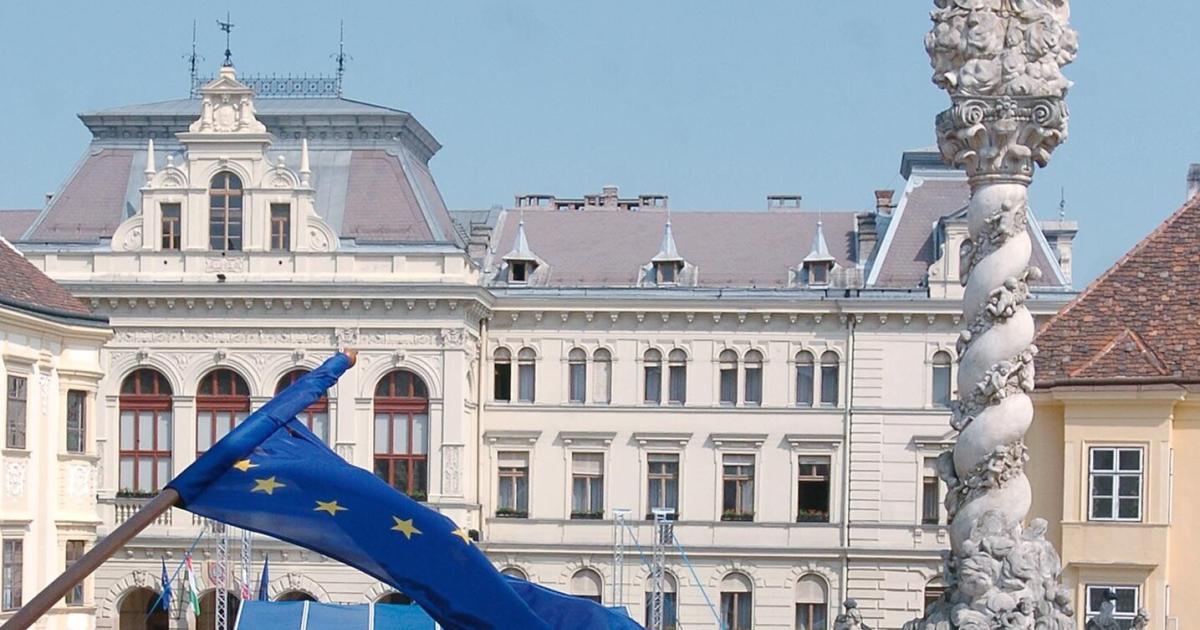The integration of several countries into the legal frameworks of the European Union has led to significant economic growth in Central and Eastern Europe. Despite political challenges, countries like the Czech Republic, Slovakia, Poland, Hungary, and Slovenia have steadily increased their economic performance since joining the EU. This growth has had a significant impact on the region’s GDP.
Over the past 20 years, economic integration and competitiveness in foreign trade have improved in the region, leading to sustained prosperity and potential for catching up in the banking sector. However, some countries have lagged behind in this area. Despite these variations, Austria’s banks have established a strong presence in the region, capturing a significant market share.
The EU’s eastward enlargement also brought unexpected challenges at the political level. Issues such as increasing skepticism towards the EU and the rise of right-wing extremist parties were not fully anticipated at the time of expansion. Experts emphasize the need to consider geopolitical and social components in future EU enlargements in order to address the concerns of all citizens in the region.
While Central and Eastern Europe is experiencing economic success, it is important to recognize and address political and social implications of EU integration to ensure a more inclusive and sustainable future for



